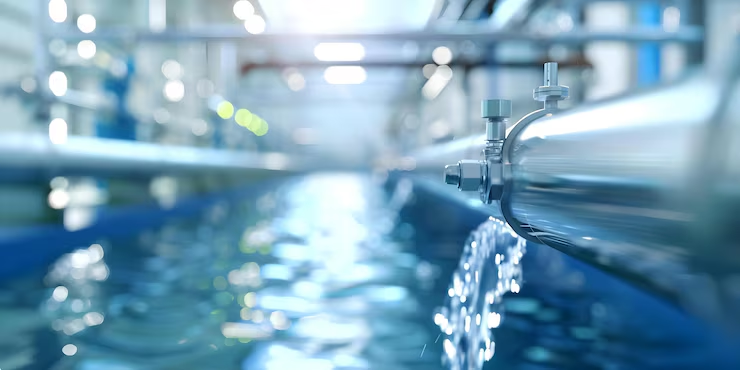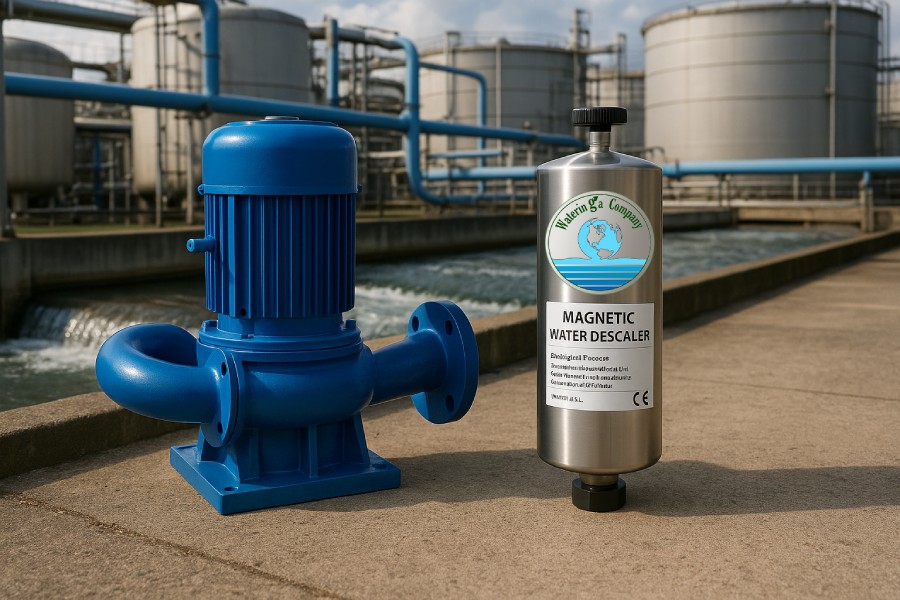Factories and industrial plants rely heavily on water for a wide range of processes, including cooling, heating, and manufacturing. However, the presence of mineral scale in hard water poses a significant threat to operational efficiency and equipment longevity. This issue has traditionally been addressed with chemical treatments, which can be costly, environmentally harmful, and require continuous service. The demand for a sustainable and economical alternative has never been greater. Wateringa has developed a groundbreaking solution: a chemical-free water treatment system that descales water and improves industrial operations without the need for toxic additives.
The Technical Superiority of Watering’s System
Wateringa’s technology is not a simple filter. It is an advanced system that uses a physical process to alter water’s properties, providing a lasting solution to the problem of mineral buildup. This approach offers a new level of efficiency and reliability for industrial applications.
The Core Descaling Mechanism
The heart of the Wateringa system is its use of electromagnetic and mechanical energy. An electronic board with a piezoelectric feature generates electromagnetic waves that alter the field of soluble salts in the water. These waves transform the calcium and magnesium ions into tiny, suspended crystals that have no cohesive properties. This process prevents new mineral deposits from forming on pipe walls and machinery, protecting the system from future damage.
Restoring Clogged Systems
A significant advantage of this water treatment is its ability to not only prevent new scale but also to dissolve existing mineral deposits. Water descaling is a key function. By increasing the solubility of the water, the device causes old calcium carbonate formations to break down and become suspended in the water. This capability is crucial for factories with aging infrastructure, as it can restore the efficiency of clogged pipes and machinery without a costly and time-consuming manual cleaning process.
Integration with Existing Infrastructure
The Wateringa device is designed for seamless integration into existing industrial water systems. It operates using the mechanical energy from water flow, so it does not require an external power source from the city grid. This makes it an economical and highly adaptable solution for a wide range of factory settings, from large manufacturing plants to smaller-scale operations.
Expert Opinion: A Shift in Industrial Thinking
Experts in industrial engineering and water management agree that Wateringa represents a fundamental shift in how factories approach water treatment. The move away from a reactive, chemical-based solution to a proactive, physical one aligns with modern industrial trends that prioritize sustainability, efficiency, and long-term cost savings.
The Tangible Benefits for Factories
The technical innovation of the Wateringa system translates directly into a wide array of practical and economic benefits for factories, setting a new standard for operational efficiency and sustainability.
Drastically Reduced Maintenance and Repair Costs
Mineral scaling is a leading cause of equipment failure in industrial settings. The Wateringa system prevents this buildup, which significantly reduces the need for frequent maintenance and expensive repairs. This leads to substantial long-term cost savings and minimizes operational downtime, allowing factories to maintain a consistent production schedule.
Improved Energy Efficiency
A key benefit of preventing scale buildup in pipes and machinery is improved energy efficiency. Scale acts as an insulator, reducing the effectiveness of heating and cooling systems. By keeping these systems clear of mineral deposits, Wateringa ensures optimal performance and lower energy consumption. This not only reduces a factory’s operational costs but also contributes to its sustainability goals.
Enhanced Safety and Environmental Compliance
A chemical-free water treatment system eliminates the risks associated with handling and storing hazardous chemicals. This improves workplace safety and simplifies compliance with environmental regulations. Factories can demonstrate their commitment to sustainability by adopting a solution that protects both their employees and the environment.
Case Study: Improved Industrial Efficiency
A Canadian manufacturing plant was experiencing frequent breakdowns in its machinery due to severe mineral scaling. The plant was using chemical treatments, which were costly and caused operational delays. The plant installed the Wateringa device. Within six months, the plant reported a significant reduction in maintenance costs. The restored efficiency of its machinery resulted in a 15% increase in operational uptime, a clear indication of improved industrial efficiency. The plant’s management noted that the device paid for itself in less than a year.
Closing Thoughts
Wateringa’s chemical-free water treatment system is a game-changer for factories. It provides a sustainable, economical, and highly effective solution to the pervasive problem of mineral scaling. The product is a testament to how innovative technology can be used to create a more efficient, sustainable, and profitable future for all.
Conclusion
Wateringa’s water treatment machine is a revolutionary product. It offers a sustainable, chemical-free, and economical solution to a pervasive problem. The device’s innovative technology, which uses electromagnetic waves to prevent scaling, provides a new level of efficiency and reliability. The product is a testament to how technology can be used to create a more efficient, sustainable, and profitable future for all.




